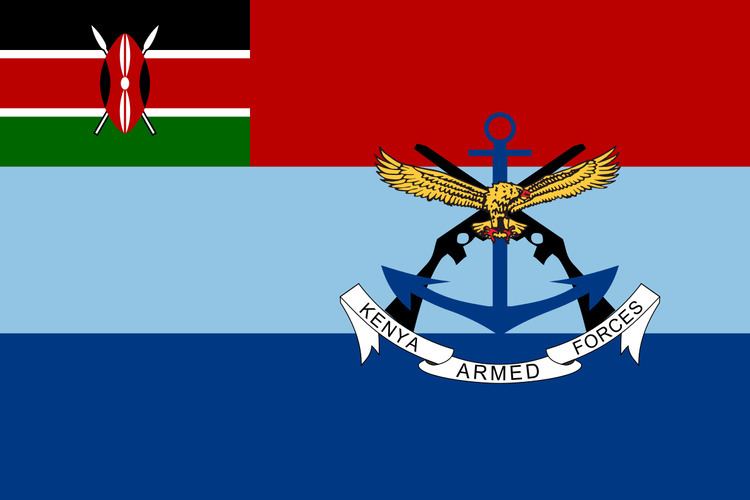Abbreviation GSU Employees ≈5000 (2007) | Formed September, 1953 | |
 | ||
Preceding agency Emergency Company or Regular Police Reserve Legal personality Governmental: Government agency General nature Law enforcementCivilian agency | ||
The General Service Unit (GSU) is a paramilitary wing in the National Police Service of Kenya, consisting of highly trained police officers, transported by seven dedicated Cessnas and three Bell helicopters Having been in existence since the late 1940s, the GSU has fought in a number of conflicts in and around Kenya, including the 1963 – 1969 Shifta War and the 1982 Kenyan coup. The Kenyan police outlines the objectives of the GSU as follows: to deal with situations affecting internal security throughout the Republic, to be an operational force that is not intended for use on duties of a permanent static nature, and primarily, to be a reserve force to deal with special operations and civil disorders.
Contents
History
Initially created as the Emergency Company or Regular Police Reserve in 1948, the GSU began as a unit of 50 men armed with Bren guns carriers and armoured cars and was involved in a number of uprisings including the Mau Mau Uprising before being renamed the General Service Unit in September 1953. The newly designated GSU consisted of 47 European officers and 1058 Africans divided into 5 regional companies each consisting of a number of 39-man platoons. In 1957 further reorganisations took place and the GSU was brought under one commander, a Mr. S. G. Thomson. In 1961 the unit left Kenya for the first time to deal with civil unrest in Zanzibar, and then from 1963 until 1969 the GSU fought the secessionists during the Shifta War.
During the 1990s the GSU worked in central Kenya to quell socialist political unrest and demonstrations against the Kenyan government, such as the Saba Saba Day (7 July) celebrations of 1990, where 30 people were killed as the police and General Service Units took action. More recently, in July 2005, troops of the GSU were sent to northern Kenya to seek out those responsible for the deaths of 76 people, 22 of them children, at a school in the area. The GSU helped prevent further friction between feuding Gabra and Borana communities when they were transported to the region by two police and two military helicopters, as well as two ministers from the Kenyan government. Currently, the GSU has around 5,000 paramilitary troops, of which 2000 are the Israeli trained and battle hardened 'Recce group'. It is regulated under chapter nine of the Kenya Police Force Standing Orders.
Personnel
Originally, GSU members were drawn from the existing ranks of the Kenyan Police force, were from a number of ethnic backgrounds, and were trained in the Kenya Police College and placed on a two-year tour of duty. However, with the increase of Africanisation in 1963, the majority of members were by 1967 from native Kenyan tribes such as the Luo or the Kikuyu who total 5.9 million, equal to about 13% and 7.4 million, equal to about 22% of Kenya's total population, respectively Most recently, all GSU members have been trained at the GSU-specific Training School in Embakasi and its Field Training Camp in Magadi, on 10-month-long courses, with further 5-month long courses required for promotion. As with various branches of the Kenyan armed forces, the GSU also sends its officers to Great Britain to be trained in such facilities as the Britannia Royal Naval College and Sandhurst.
Organisational Structure
The GSU is organised in companies each under a company commander. Four of these companies have commanding officers and they are regarded as the 'big four' These are
The other companies are listed in alphabetical order starting from 'A' company to 'Q' company. There is no 'o' company. Each company consists of three platoons and the company headquarters personnel. Originally a platoon consisted of 30 personnel but nowadays a platoon can have as many as 60 members.
